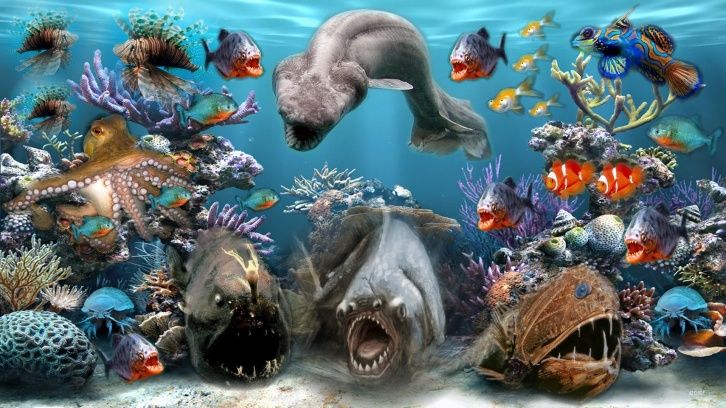
FAQ About Ocean Life

How do ocean currents affect climate?
Ocean currents play a significant role in shaping climate patterns and influencing weather conditions on a regional and global scale. Here's how ocean currents affect climate:
- Heat Redistribution: Ocean currents act as conveyer belts, redistributing heat from the equator towards the poles and from low latitudes to higher latitudes. Warm ocean currents carry heat from tropical regions to higher latitudes, helping to moderate temperatures in cooler regions. Conversely, cold ocean currents transport cold water from polar regions towards the equator, influencing the climate of regions they pass through.
- Coastal Temperature Regulation: Ocean currents significantly influence the temperature of coastal regions. Coastal areas adjacent to warm ocean currents experience milder winters and cooler summers due to the warm water's moderating effect. Conversely, coastal regions influenced by cold ocean currents tend to have cooler summers and colder winters.
- Moisture Transport: Ocean currents contribute to the transport of moisture across different regions, affecting the distribution of rainfall. Warm ocean currents carry moisture from tropical areas to higher latitudes, contributing to increased precipitation in coastal regions influenced by these currents. Conversely, cold ocean currents can suppress rainfall by keeping the air over coastal regions drier.
- Influence on Weather Systems: Ocean currents influence weather patterns by interacting with atmospheric circulation. The temperature and moisture content of ocean currents can impact the development and behavior of atmospheric pressure systems, such as high and low-pressure systems, fronts, and storms. These interactions influence the movement and intensity of weather systems, including hurricanes, cyclones, and storms.
- El Niño and La Niña Events: El Niño and La Niña are climate phenomena that result from variations in ocean currents and temperature patterns in the tropical Pacific Ocean. El Niño events occur when warm waters accumulate in the central and eastern Pacific, leading to global climate impacts, including altered rainfall patterns and temperature anomalies. La Niña events, characterized by cooler-than-normal waters in the tropical Pacific, also have widespread climate effects, including enhanced trade winds and changes in precipitation patterns.
- Feedback Mechanisms: Changes in ocean currents can trigger feedback mechanisms that further influence climate. For example, melting ice caps and glaciers due to global warming can alter the salinity and temperature of ocean waters, affecting ocean currents. These changes can have cascading effects on climate systems, potentially amplifying or modifying climate patterns regionally and globally.
